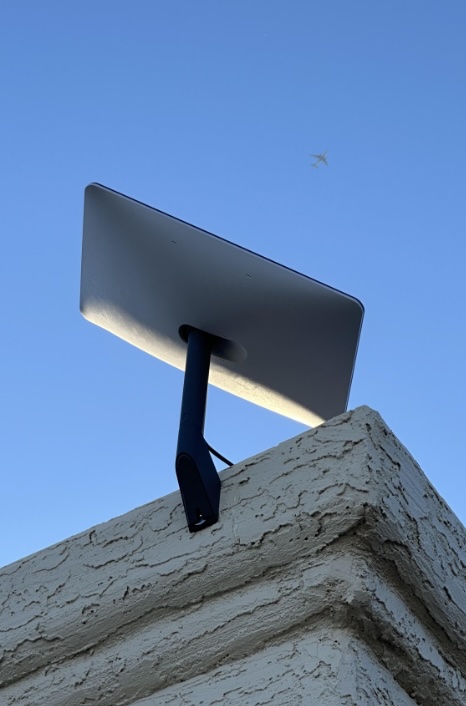In the rapidly expanding universe of internet connectivity, Starlink, a satellite internet service provided by SpaceX, has emerged as a game-changer for many. Its mission to provide high-speed internet across the globe, especially in underserved areas, has both intrigued and confused potential users about its best applications. This comprehensive look aims to demystify when it […]
Tag: video
Adding 5G to Glass Wearables
Imagine a work environment, such as a large office or warehouse, where your workers can go mainly hands-free. That’s the future using 5G connected glass wearables. Whether they be for technicians and engineers, or warehouse workers and other remote employees, they can provide the benefit of fast speeds and low latency for real time, high […]
Get the Most Out of Your Data this Holiday Season!
Data Usage can add up quickly, especially streaming all those videos around the holidays. Monitoring data usage and tracking it can be done in a couple ways, but you can also get a general idea of usage before you even start. This can be important for ensuring you don’t go over any usage limits or […]


